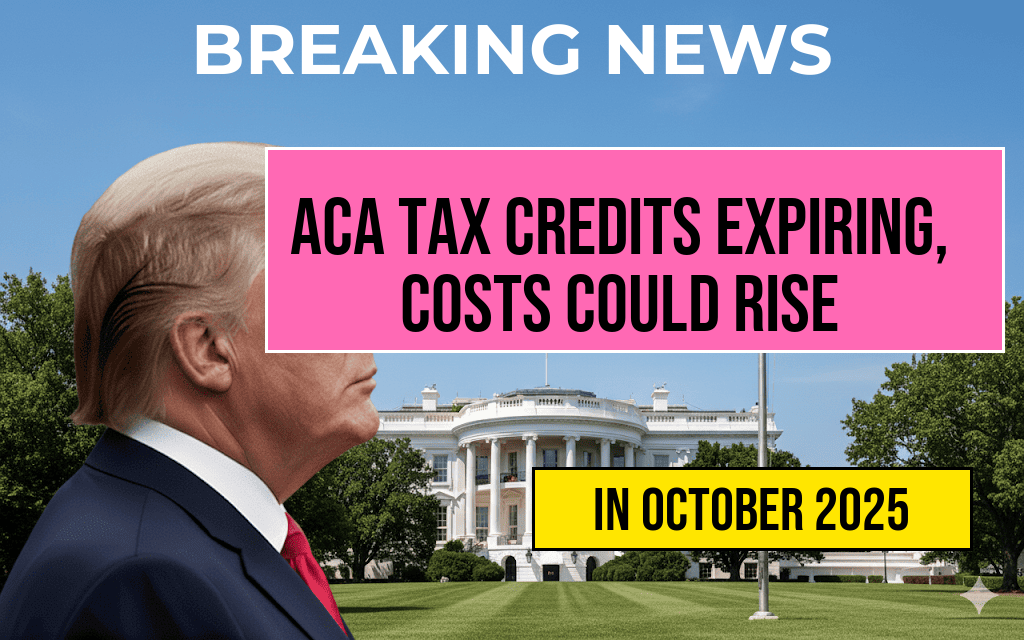The 2025 Flexible Spending Account (FSA) contribution limit has increased to $3,300, providing employees with more pre-tax savings potential to cover eligible healthcare expenses. This adjustment, announced by the Internal Revenue Service (IRS), reflects ongoing efforts to keep pace with healthcare cost inflation and improve tax-advantaged savings options for workers. The new limit marks a significant increase from the previous year’s cap of $3,050, offering a broader financial cushion for medical, dental, and vision expenses incurred throughout the year.
Employers and employees should recognize that FSAs remain a strategic tool for managing healthcare costs efficiently. Contributions made to an FSA are deducted pre-tax, reducing taxable income and potentially lowering overall tax liability. However, the IRS maintains a “use-it-or-lose-it” policy, meaning unused funds at the end of the plan year may be forfeited, unless the plan offers a grace period or rollover option. The 2025 limit increase underscores the importance of careful planning and understanding of FSA rules to maximize benefits.
Understanding the 2025 FSA Contribution Limit Increase
Details of the New Limit
| Year | Contribution Limit | Notes |
|---|---|---|
| 2024 | $3,050 | Maximum amount employees could contribute for the year |
| 2025 | $3,300 | Increase reflects inflation adjustments announced by the IRS |
The increase to $3,300 aligns with the IRS’s annual adjustments, designed to help account for rising healthcare costs. Employers are encouraged to update their benefits offerings accordingly and communicate the new limits to employees before open enrollment periods commence.
Implications for Employees
Employees can contribute up to the new limit through payroll deductions, allowing for substantial tax savings over the course of the year. This increase offers a greater opportunity to set aside funds for anticipated medical expenses, including prescriptions, copayments, dental work, vision care, and eligible over-the-counter items.
Strategies for Maximizing FSA Benefits in 2025
Early Planning and Budgeting
Given the “use-it-or-lose-it” rule, it’s crucial for employees to estimate their healthcare expenses carefully. Reviewing past medical bills and upcoming appointments can help determine an appropriate contribution level, ensuring funds are fully utilized before the plan year ends.
Leveraging Rollovers and Grace Periods
- Rollover Option: Some plans permit up to $610 of unused funds to be rolled over into the next plan year.
- Grace Period: Others offer a 2.5-month extension to incur expenses after the year-end deadline.
Employees should verify their employer’s specific plan rules to optimize their savings and avoid forfeiting unused amounts.
Eligible Expenses and Eligible Items
FSA funds can be used for a wide range of qualifying expenses, including:
- Doctor visits and prescriptions
- Dental procedures and orthodontics
- Vision exams, glasses, contact lenses
- Over-the-counter medications with a prescription
- Health-related supplies such as bandages and first aid kits
Consult the IRS’s official list of eligible expenses or your plan administrator for detailed guidance.
Potential Changes and Considerations for 2025
Legislative and Policy Developments
While the IRS has announced the increase, ongoing legislative discussions may influence future FSA policies, including potential expansions of eligible expenses or modifications to rollover limits. Staying informed through reputable sources such as the IRS website and industry updates can help plan participants adapt accordingly.
Impact on Healthcare Cost Planning
The higher contribution threshold might encourage more employees to utilize FSAs for broader health-related expenses, potentially reducing out-of-pocket costs. Employers might also consider enhancing benefits communication to ensure employees are aware of the increased limits and associated advantages.
FSAs remain a vital component of comprehensive benefits packages, especially as healthcare expenses continue to rise. The 2025 increase to $3,300 offers a timely opportunity for workers to maximize their tax-advantaged savings and better prepare for medical costs ahead.
Frequently Asked Questions
What is the new FSA contribution limit for 2025?
The 2025 FSA contribution limit has increased to $3,300, allowing employees to set aside more pre-tax dollars for eligible healthcare expenses.
How can I maximize my FSA benefits in 2025?
To maximize your FSA benefits in 2025, consider contributing up to the new $3,300 limit and plan your healthcare expenses accordingly to avoid forfeiting unused funds.
What happens to unused FSA funds at the end of the year?
Typically, unused FSA funds may be forfeited unless your plan offers a grace period or carryover option. Check with your employer to understand your specific plan rules.
Can I change my FSA contribution amount during 2025?
Yes, you can usually adjust your FSA contributions during open enrollment or if you experience a qualifying life event, to align with your upcoming healthcare needs.
Are there any restrictions on what expenses qualify for FSA reimbursement?
Yes, FSA funds typically cover qualified medical expenses such as doctor visits, prescriptions, and dental care. Non-eligible expenses will not be reimbursed, so review the list of approved items carefully.








